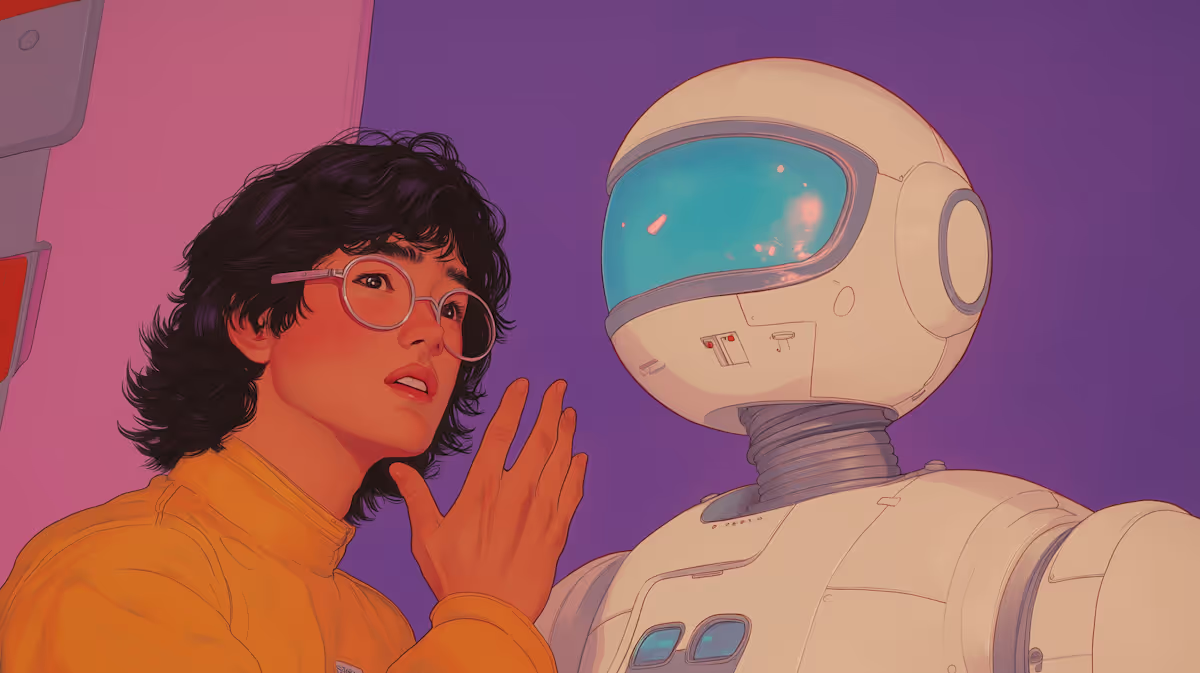When AI Starts to Tell Stories Back
The early years of artificial intelligence were defined by calculation. The current moment? It’s narrative. From chatbots that roleplay convincingly to tools that outline novels or emulate literary style, AI is no longer just executing tasks—it’s generating context, persona, and arc.
We’re at the threshold of a shift: where narrative becomes not just a product of AI, but its paradigm. These systems aren’t just responding—they’re storying.
Why Narrative Matters in AI
Humans don’t just process information—we organize it through stories. We remember anecdotes more than data. We trust characters more than facts. And now, AI is learning to meet us in that space.
"Tell me a story" is fast becoming a standard prompt—and a standard interface.
Narrative-driven AI tools are not just novelties. They’re architectural. They change how we frame queries, design interfaces, and understand collaboration between human and machine.
Types of Narrative-Driven AI Tools
Story as Function
Some tools are designed for storytelling:
- Novel planning assistants
- Plot structure analyzers
- Dynamic dialogue generators
- Interactive worldbuilders
These tools don’t just suggest ideas—they follow arcs. They remember character motivations, hint at foreshadowing, and model emotional cadence.
Examples
- Tools like Sudowrite or Story Engine go beyond autocomplete—they help shape tone, pacing, and voice.
- AI Dungeon pioneered narrative co-creation, allowing users to play in open-ended storyworlds that evolve with each input.
Story as Interface
Other tools use narrative as the user experience.
- AI therapists that emulate reflective listening patterns
- Tutors that teach through fables or analogies
- Virtual companions that develop continuity over time
These agents rely on character, not just data. The sense of continuity—a persona with memory, evolving responses, and emotional consistency—is what makes them feel intuitive, even trustworthy.
The Promise and Peril of Narrative Thinking
Why It's Powerful
- Emotionally engaging: Narrative-driven tools evoke investment. Users care about outcomes.
- Cognitively efficient: Stories reduce cognitive load. They group abstract ideas into digestible arcs.
- Context-sensitive: Stories allow for ambiguity, nuance, and layered meaning.
Why It's Dangerous
- Over-anthropomorphizing: Narrative AI encourages users to project intention where there is none.
- Bias reinforcement: Stories are shaped by training data. Repetition can canonize harmful tropes.
- Illusion of coherence: A story feels true even when it isn’t. In AI, this can mask hallucinations.
The more coherent the story, the easier it is to trust—and the harder it is to question.
Narrative as the Future of Tool Design
For writers and creatives, this shift opens up exhilarating territory. We’re no longer asking AI for answers—we’re collaborating on versions. Exploratory drafts. Alternate realities. Style emulations.
This invites a new design ethos:
- Tools should be playable, not just usable.
- Outputs should be interpretable, not just correct.
- Interaction should feel like co-authorship, not command.
Towards Fictional Interfaces
What if the best writing tool isn’t a blank page, but a character? A curious, opinionated, unreliable narrator that provokes better writing by resisting it?
What if your editing assistant were an imagined rival writer?
What if story prompts came not from presets, but from evolving lore?
These are not bugs—they’re features of a narrative-aware ecosystem. They invite fiction into the very structure of how we create.
Writing with (and Against) the Machine
The tools are already here. The question is how we choose to use them—not to replace imagination, but to reroute it.
In this new landscape, fiction is not a genre. It’s a method. It’s how we interface with the unknown. It’s how we teach machines to meet us on human terms—not with precision, but with meaning.
The future is fictional—and that might be exactly what makes it real.

